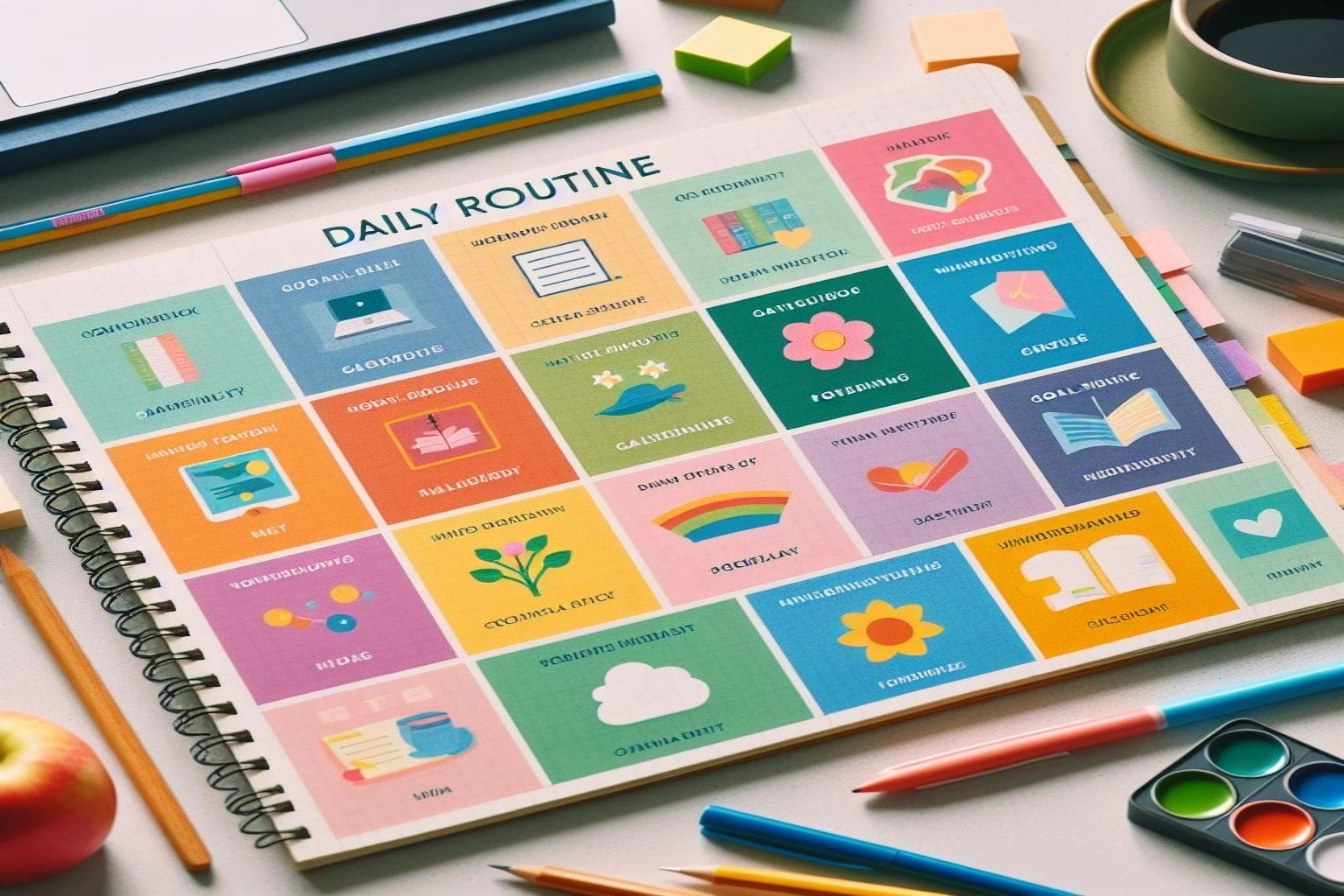
The tempestuous waves of modern life can often leave us feeling adrift and seeking anchor. We yearn for an inner compass to guide us through the storms and shine light on the shores of tranquility. The ancient Greco-Roman philosophy of Stoicism offers precisely that – a practical set of principles and daily rituals to live with purpose, resilience and self-mastery.
In this post, we’ll dive deep into 7 essential Stoic practices that you can readily incorporate into your daily routine. Together, they provide a framework for continual growth and unwavering equanimity amidst life’s unpredictable currents.
Stoicism: An Ancient Philosophy Relevant Today
Before exploring the practices, it helps to understand Stoicism itself.
Stoicism originated in ancient Greece and Rome. It was championed by figures like Marcus Aurelius, Seneca and Epictetus. The philosophy centered on ethics and living life with virtue, self-control and in harmony with nature.
But Stoicism was not just lofty theory. It provided concrete daily exercises to develop psychological strength, subdue destructive emotions and align actions with reason and morality. By consistently applying its teachings, followers sought to achieve inner tranquility and live sage-like.
Today, in our era of constant change and turbulence, Stoic wisdom resonates perhaps even more than before. The principles and rituals offer invaluable tools to find balance, purpose and resilience. Bringing Stoicism into daily life is transformative. We cease being passive subjects to external forces and become empowered agents directing our lives with intention.
Let’s examine the key Stoic practices that you can readily weave into your daily routine:
Morning Reflection: Set the Tone with Gratitude and Presence
The Stoics recognized that our morning rituals determine how the rest of the day unfolds. They set the stage, either intentionally or by default. Hence, the Stoics made morning reflection an essential practice. It allowed them to consciously set the tone for the hours ahead.
The objectives of the morning reflection are two-fold:
1) Feeling gratitude for simply being alive.
2) Being fully immersed in the present moment.
Modern life often desensitizes us to the everyday wonder of existence. But each morning presents an opportunity to reconnect with childlike awe – delighting in our capacities for thought, enjoyment, creativity and love. The Stoics would take time to meditate on the privilege of being alive. Marcus Aurelius wrote: “When you arise in the morning, think of what a precious privilege it is to be alive – to breathe, to think, to enjoy, to love.”
In the mad rush of morning routines, it’s easy to take consciousness for granted. The morning reflection allows us to start each day with profound appreciation of this gift. The Stoics also recognized that human suffering stems from excessive rumination on the past and worry about the future. Much of this is wasted mental exertion over things not in our control.
In contrast, the present moment allows little room for anxiety. The here and now is the only tangible reality – the rest are mental projections. Hence, the morning reflection is used to fully reorient oneself to the now. Relish the warmth of the sunrise, the aroma of coffee, the embrace of loved ones. Keep returning attention gently to the gifts of the present.
When you start your mornings centered in gratitude and presence, you are primed to retain inner tranquility regardless of whatever the day brings later.
Afternoon Recharge: Realign with Purpose
Our energy and motivation tend to dip in the afternoon. The initial momentum of the morning fades away. It’s easy to allow the afternoon to devolve into distraction and busywork. The Stoics optimized their afternoons differently. They would take a break from external tasks to reconnect with purpose. They asked themselves:
– What higher aim is orienting my day?
– How can I direct my next actions to align with my values and self-development?
– What is the opportunity for learning and growth here in this moment?
This realignment prevented wasted or random action. It maintained their focus on what truly mattered amidst the daily noise. Use your afternoon recharge to affirm your unique path and sense of purpose. Let it re-energize you to spend the rest of the day meaningfully.
Evening Retrospective: Reflect with Objectivity
In the quiet evening hours, Stoics would review their day with disciplined objectivity. This enabled them to derive insights from everything that happened. The retrospective is done not with judgment but curiosity. What led you to make certain choices today? How did you respond to difficulties or interactions? What moments gave you joy?
Analyze with the Stoic lens. What was truly within your control versus what wasn’t? Did external things disturb your equanimity? How can you strengthen your resilience? This ritual develops self-awareness. You also hold yourself gently accountable to your principles. The cumulative effect over months and years is profound.
End each day with thoughtful reflection. Recommit to spending tomorrow true to what you value most.
Contemplation of Death: Our Most Powerful Meditation
Imagine you have one week left to live. How would you spend that time? What activities or worries would fall away as trivial? Who would you connect with? How would you be more present? This form of negative visualization immediately clarifies our priorities. It realigns us to what matters – health, relationships, growth, service.
Contemplating death also fosters gratitude. We are reminded not to take life’s simplest gifts for granted – seeing, hearing, walking, laughter, music. Finally, it anchors us in the present. When we stop assuming endless time ahead, it becomes clear the only tangible moment is now. Use this meditation periodically to get clarity on how you spend your remaining days. Let it reawaken you to savoring life joyfully in the moment.
Journaling: Map the Inner Landscape
Journaling was another key Stoic practice. It enabled them to map the landscape of their minds through written reflection. Putting our thoughts and feelings into words provides objectivity. By externalizing inner experiences, we gain perspective to work with them skillfully.
Document the events of your day, the accompanying emotions, the decisions made. Note what aligns with your principles and values versus what doesn’t. Over time, this builds tremendous self-awareness. Patterns become visible. Blind spots are revealed. You gain clarity on your behavior and motivations.
Moreover, recording Stoic teachings in your own words deepens your understanding exponentially. As Seneca put it, “We need to learn before we can teach.” Expressing ideas makes them your own. Journaling also develops the ability to self-reflect anywhere, anytime. You cultivate an inner observer who can analyze your experiences with wisdom.
Finally, the journal provides a record of progress. You can look back months from now to see how far you’ve come in embodying Stoic ideals. Make journaling a daily habit. Use it to know yourself deeply and align more closely with your highest nature.
Negative Visualization: Rehearse Adversity to Build Resilience
An unusual but immensely effective Stoic exercise is negative visualization – mentally envisioning the loss of things we value. Picture your home burning down. Or the death of a loved one. Or losing your mobility and health. This may seem morbid but has surprising benefits. By visualizing adversity, we don’t spiral into pessimism. Rather, we develop an inner resilience to face challenges calmly. It expands our capacity to endure hardship.
Negative visualization also instantly heightens appreciation of what we have – our loved ones, comforts, abilities. Make it a habit to feel gratitude for the positives you visualized losing. Finally, mentally rehearsing adversity inoculates us against paralyzing shock when it manifests. Having envisioned a scenario makes us prepared to respond wisely.
Occasional negative visualization strengthens both your spirit and your priorities. Use it to live more presently, gratefully and purposefully.
Voluntary Discomfort: Seek Out Challenges That Test Your Limits
The Stoics would deliberately place themselves in difficult situations to build mental toughness and self-control. These included physical challenges like intense fitness training, long hikes, cold baths or fasting. The goal was not suffering, but expanding limits. By embracing voluntary discomfort, they cultivated grit and resilience. Challenges ceased being obstacles and became opportunities to practice virtues like courage.
We also grow psychologically. When we prove to ourselves we can endure hardship, our self-limiting beliefs begin dissolving. In their place forms an expansive mindset embracing possibility. As Seneca put it, “It is not because things are difficult that we do not dare; it is because we do not dare that they are difficult.”
Periodically expand your comfort zone. Move toward what you resist. Use discomfort to redefine your relationship with challenge and unlock your inner potential.
Community: Our Connectedness Multiplies Stoic Insights
Though Stoic practice centers on self-mastery, we are social beings craving community. Our lives interdepend in infinite ways. Sharing Stoic insights helps them resonate more deeply. As we teach others, we refine our own understanding. We also gain motivation to walk the Stoic path consistently.
Our individual experiences offer opportunities to practice wisdom. But our connectedness multiplies the potential exponentially. Through relationships, work and civic participation, we create ripples in society. The impacts may be modest, but meaningful. Look for chances to subtly infuse your environment with Stoic virtues – patience, equanimity, compassion. Offer a calming presence amidst anxiety. Help neighbors generously. Avoid judging harshly.
Your micro-actions are valuable. But also consider getting involved in broader community issues. What local needs inspire you? What could benefit from your service and voice? Daily Stoic practice strengthens us as individuals. But its purpose includes uplifting society. Let your commitment radiate into your community.
The Stoic Path: Gradual Progress Over Perfection
When undertaking the Stoic journey, don’t demand perfection right away from yourself or the practices. Expect bumps in the road. What matters isn’t performing the rituals flawlessly. It’s maintaining commitment to progress. Each day offers lessons to refine your practice.
Review periodically: What are my growing edges? How can I deepen understanding? Which new practices should I explore next? Make gradual improvement your goal, not perfection. Stoicism isn’t mastered through a single retreat. It is a lifelong path walked step by step.
With patience and perseverance, even small steps forward daily become transformation. Consistency and self-compassion are key. The rituals themselves matter less than your state of mind. Use them skillfully to cultivate presence, tranquility, resilience and virtue. The Stoic path awakens us to our full potential. When woven into your daily routine, its wisdom uplifts your life profoundly. Live it with dedication and joy.







